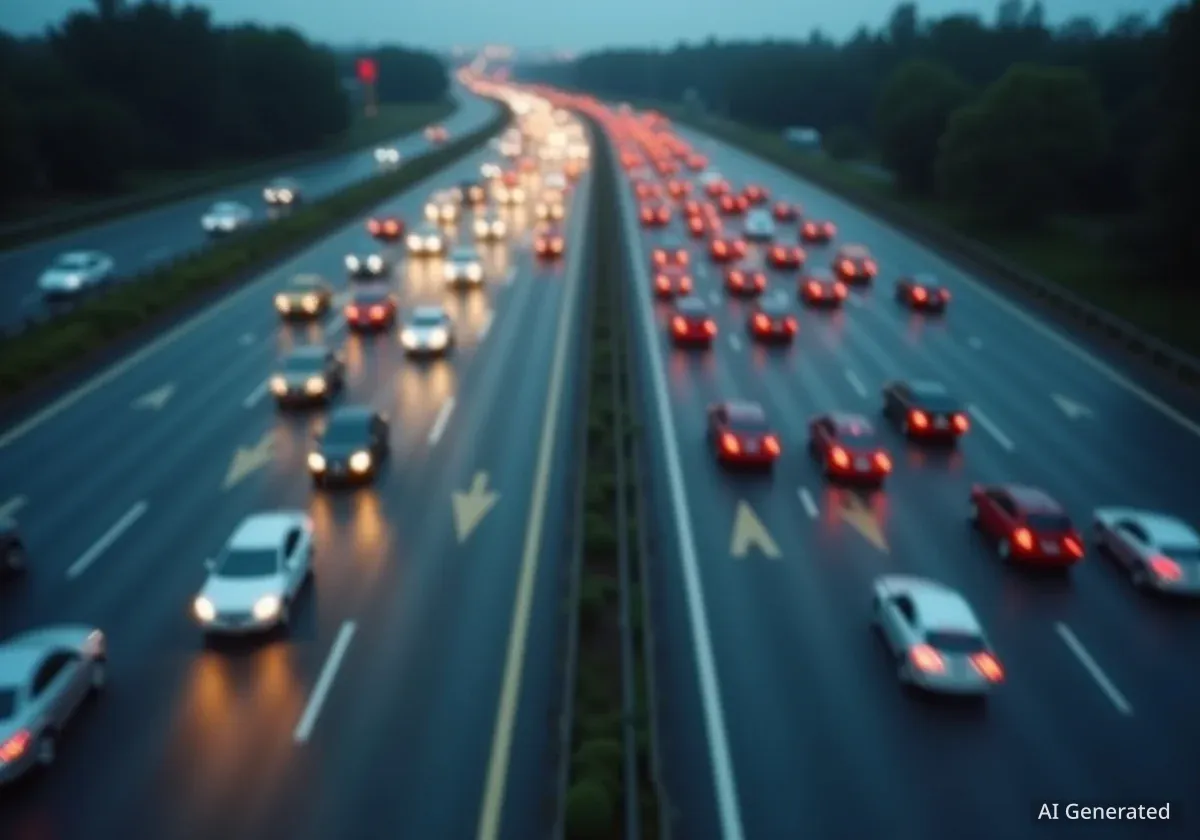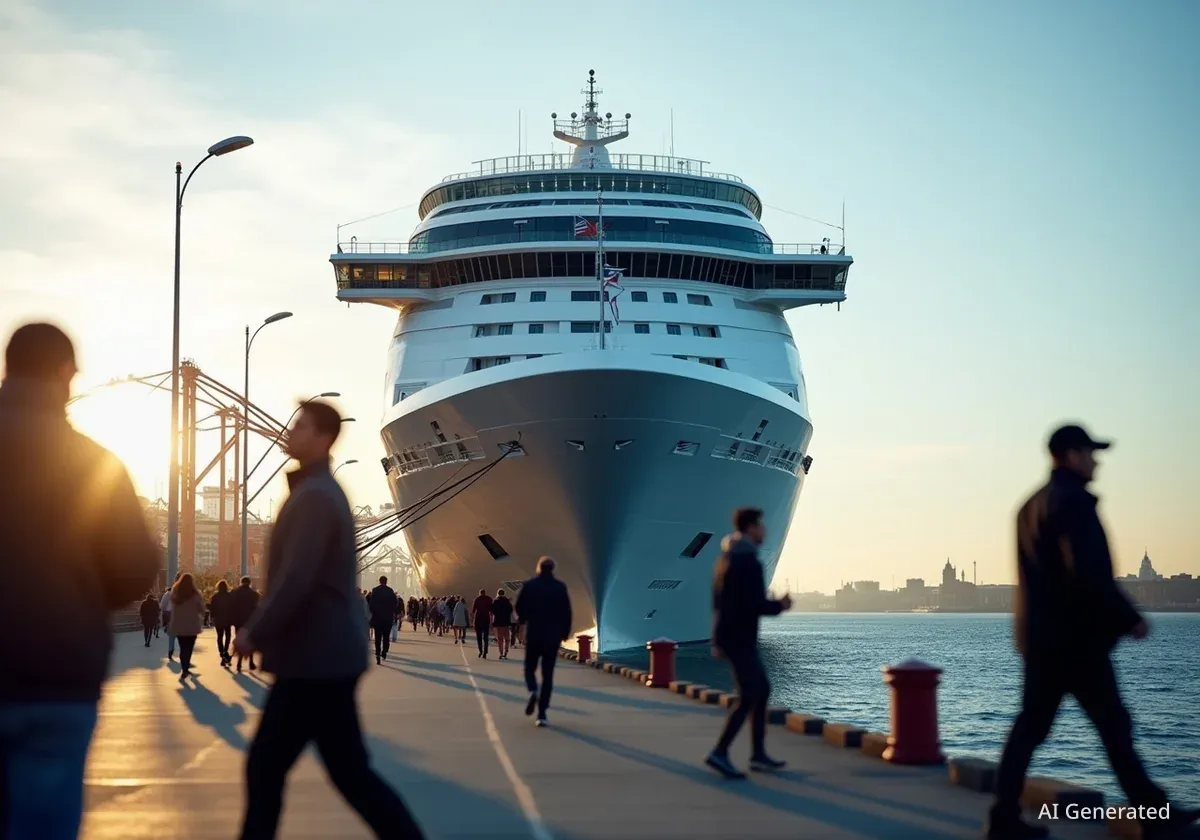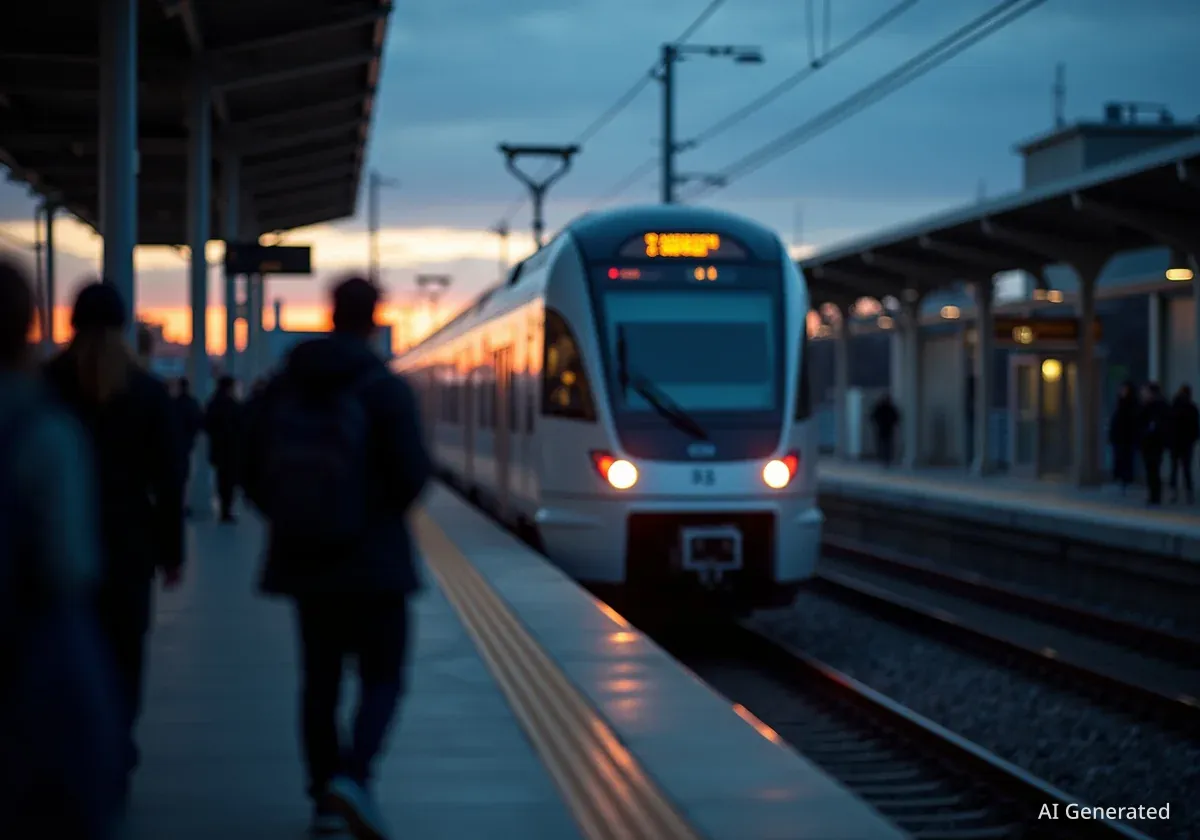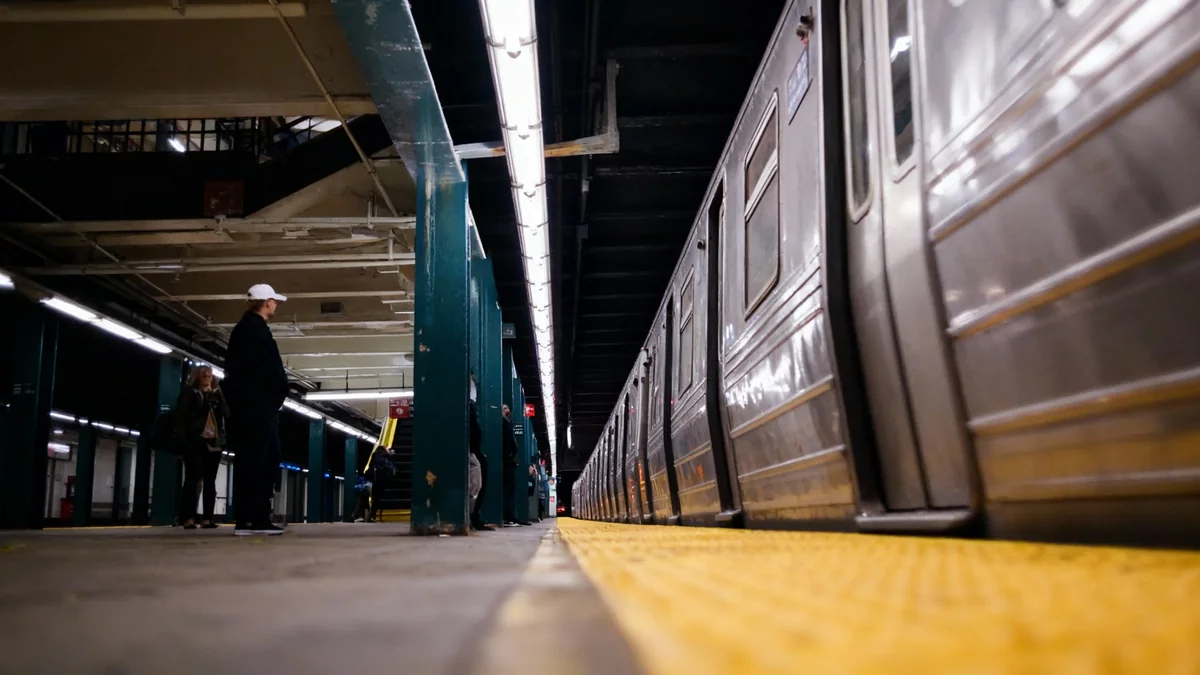The Washington State Department of Transportation (WSDOT) has introduced new requirements for drivers using the State Route 167 express toll lanes. Starting October 20, carpoolers and motorcyclists will need specific passes and an active account to travel in the lanes for free, a move intended to standardize rules across the region's tolling system.
Key Takeaways
- New tolling rules for SR 167 express lanes begin at 5 a.m. on October 20.
- Carpoolers must have a Good To Go! account and a Flex Pass set to HOV mode to use the lanes for free.
- Motorcyclists will need a Good To Go! account and a motorcycle pass for free travel.
- The changes aim to align SR 167 rules with those on the I-405 express toll lanes.
- A construction zone for bridge repairs on SR 167 is exempt from these new rules.
Updated Requirements for Toll-Free Travel
To qualify for free travel in the SR 167 express toll lanes, drivers in carpools will face new requirements. Effective October 20, vehicles must be equipped with a Good To Go! Flex Pass that is switched to HOV mode. Additionally, the vehicle must contain at least two people, including the driver, and be linked to an active Good To Go! account.
Motorcyclists are also affected by the rule changes. To continue using the express toll lanes without charge, they will be required to have a specific Good To Go! motorcycle pass registered to their account.
Aligning with Regional Standards
According to a WSDOT news release, the primary goal of these updates is to create consistency for drivers. "The updated rules will provide a more streamlined and predictable experience for drivers across the region, making them more consistent with the I-405 express toll lanes," the agency stated. This alignment is expected to reduce confusion for commuters who use multiple tolled routes.
Bridge Repair Zone Excluded from New Rules
An important exception to the new policy involves the ongoing construction work on the SR 167 bridge over Third Avenue Southwest. The new tolling requirements will not be enforced within this active work zone.
Specifically, the northbound SR 167 HOV lane between Sumner and Pacific will continue to operate as an untolled lane until the bridge repairs are complete. This section was originally slated for conversion into an express toll lane before a truck collision caused significant damage, necessitating closures and extensive repairs.
Bridge Incident and Repair Timeline
The current repairs are a result of a truck striking the SR 167 bridge, which led to immediate closures for structural assessment. WSDOT has announced a plan to partially reopen the affected area to ease traffic congestion. The department aims to have two lanes—the outside right lane and the inside left lane—open to traffic by October 17.
Traffic Adjustments and Safety Measures
In conjunction with the partial reopening of the damaged bridge section, WSDOT will implement several safety measures. The speed limit through the construction zone will be reduced to 45 mph to ensure the safety of both workers and drivers.
A physical barrier will be installed to prevent vehicles from entering the closed middle lane. Furthermore, all truck traffic will be restricted to the right lane to manage weight distribution on the repaired structure.
To make these traffic adjustments, crews will need to close northbound SR 167 overnight. WSDOT has stated that it will announce the specific dates and times for these closures once the schedule is finalized.
Toll Rate System Remains Unchanged
While the rules for free travel are changing, the tolling structure itself will remain the same for drivers who do not meet the carpool or motorcycle requirements. The new regulations for the express toll lanes between Renton and Puyallup will officially take effect at 5 a.m. on October 20.
Toll rates will continue to be dynamic, adjusting based on real-time traffic conditions. The cost can range from a minimum of $1 to a maximum of $15. According to WSDOT, drivers will be charged based on the distance they travel within the lanes, calculated from their specific entry and exit points. This system is identical to the one currently used on the I-405 express toll lanes.





